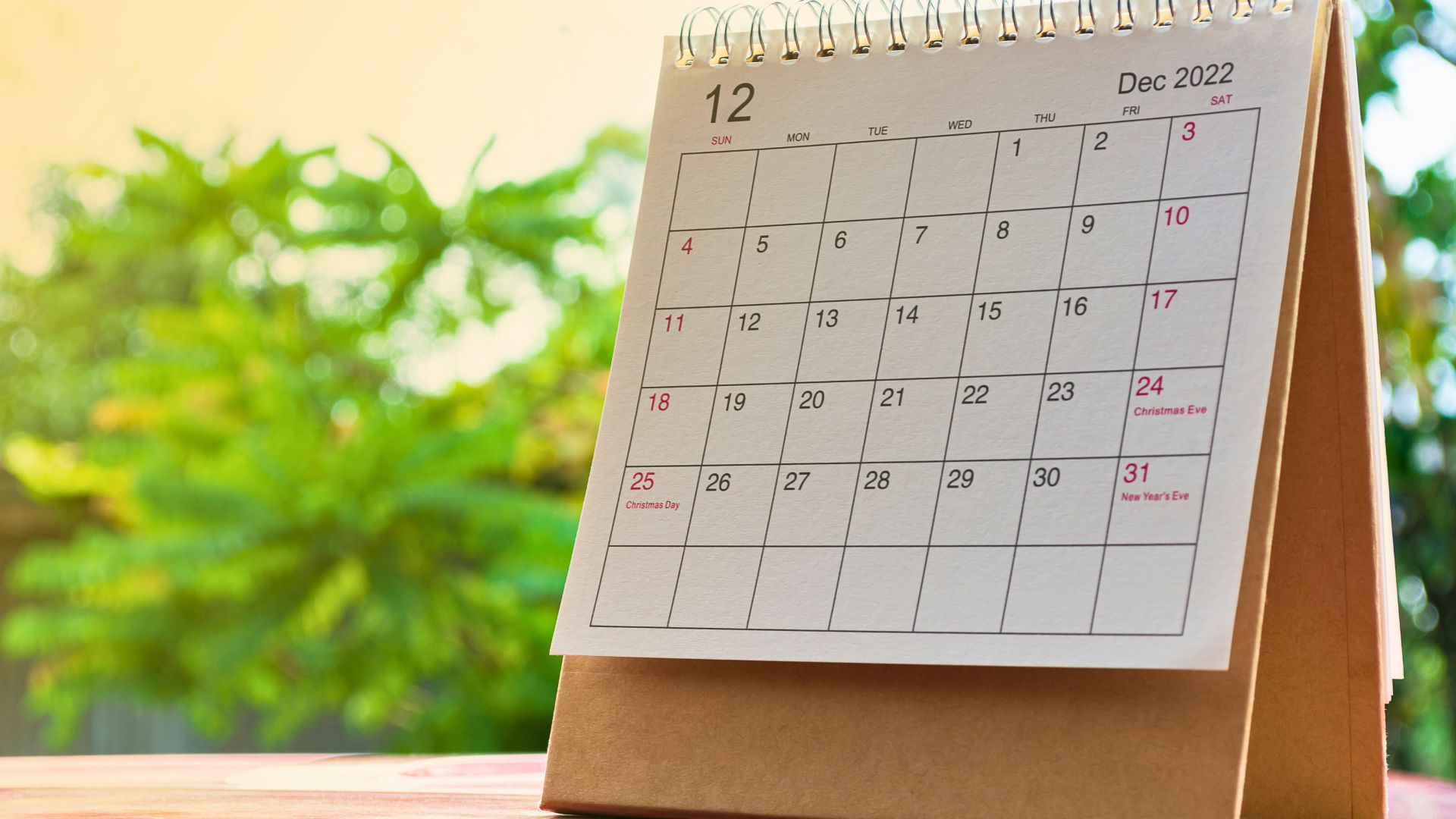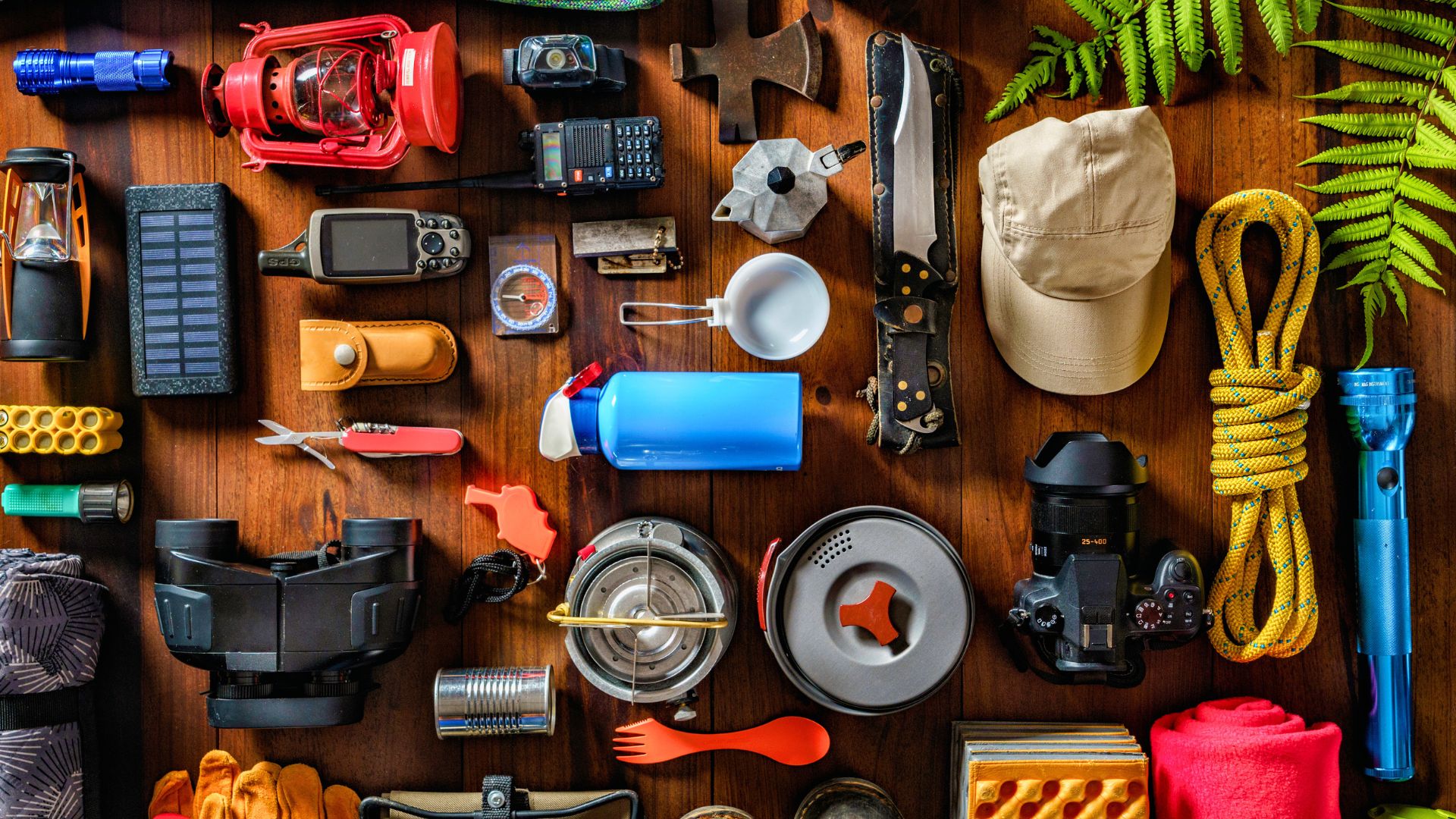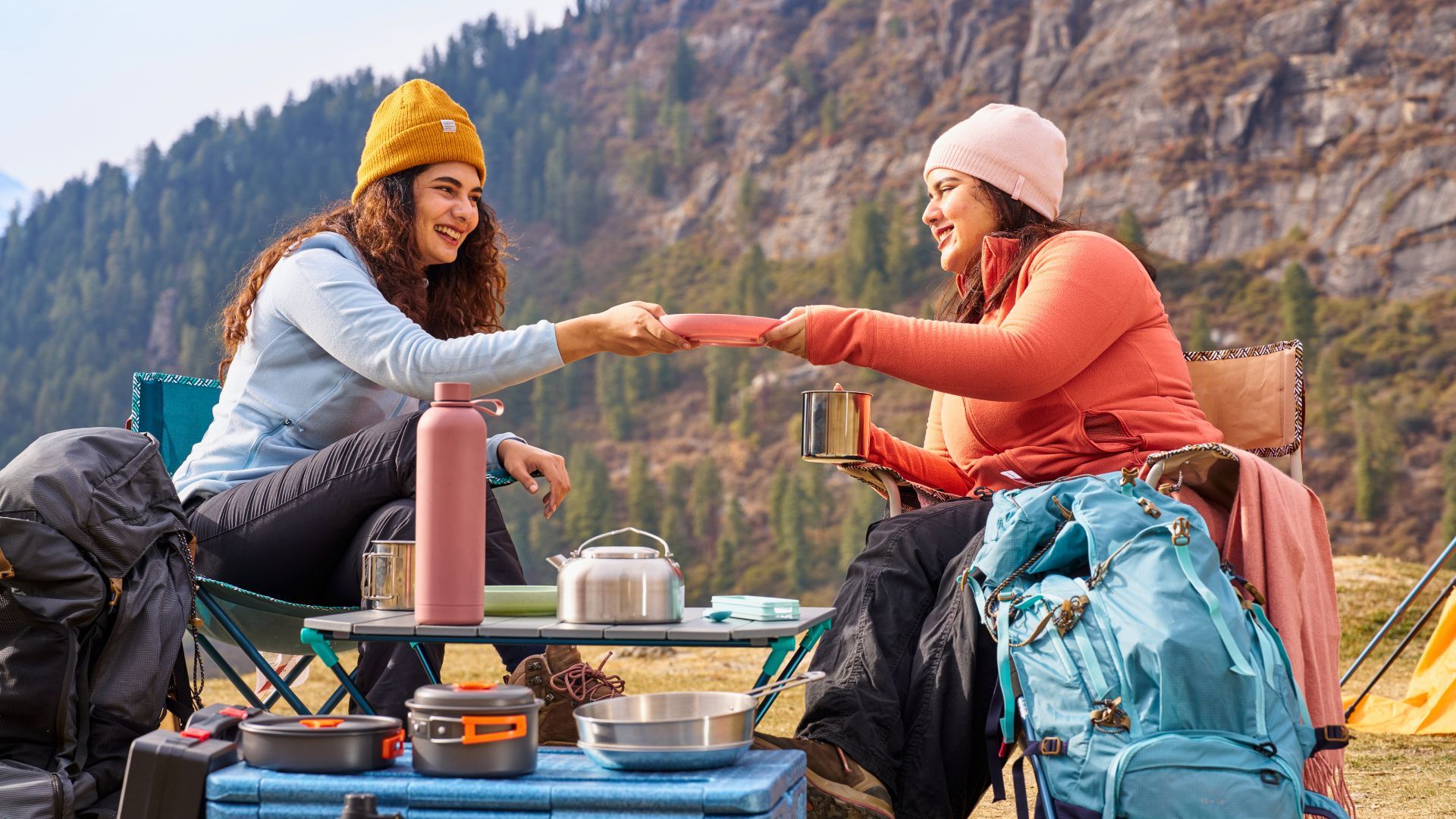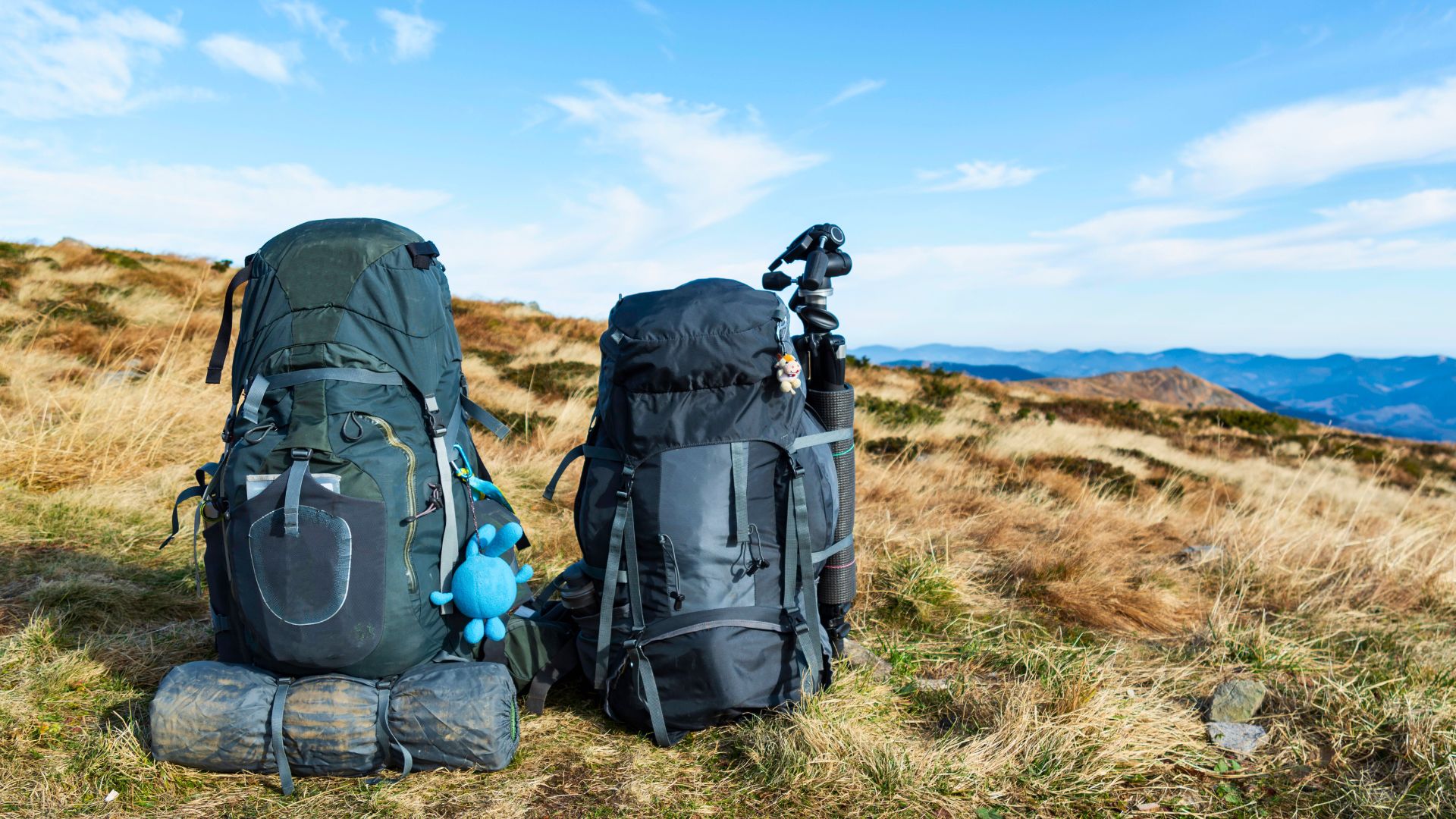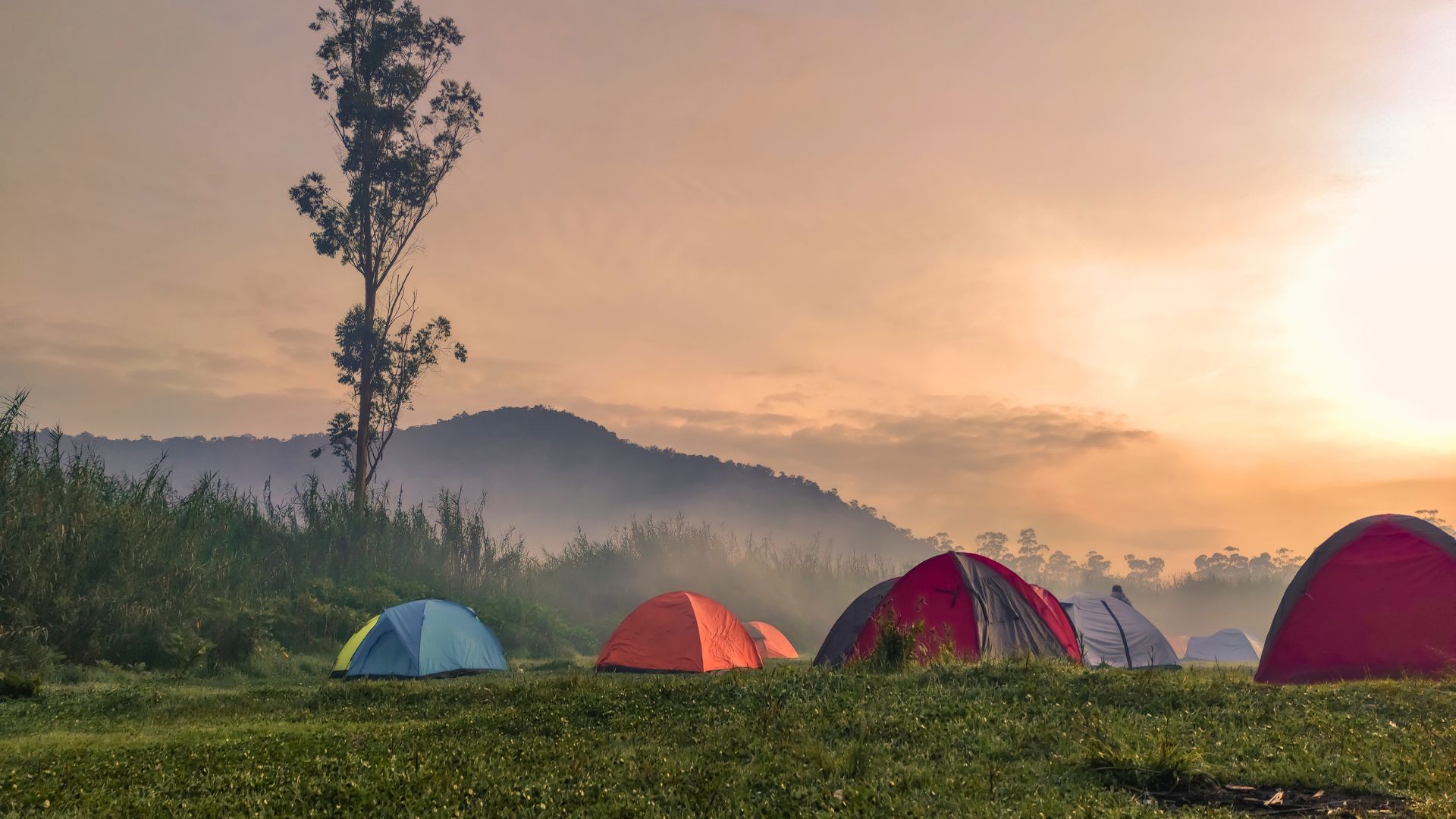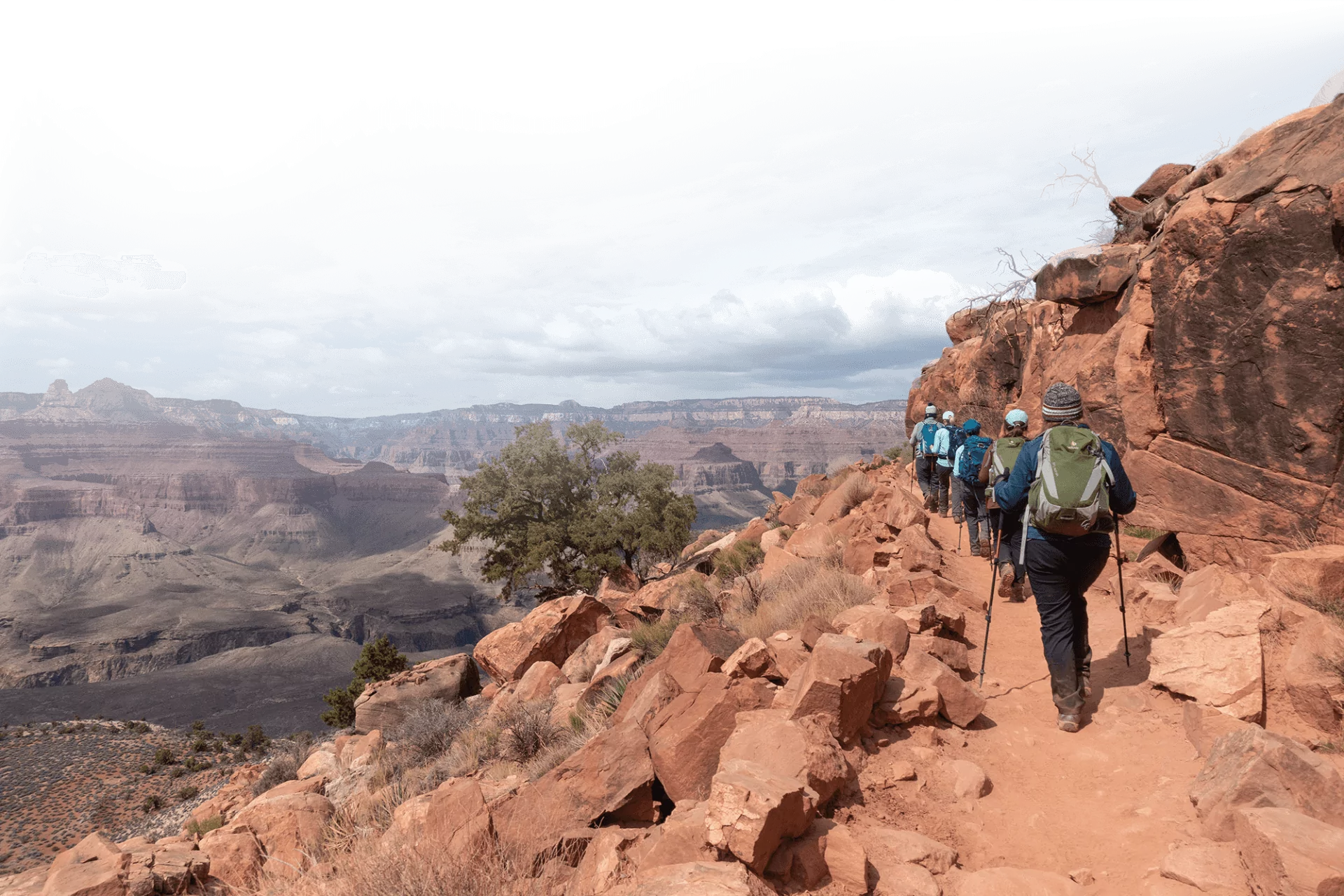Planning a Group Hiking Trip

Hiking with a group of friends can be an incredible adventure, but planning a group trip requires a good amount of organization and foresight. When you’re planning a group trip into the backcountry, you’ll need to consider logistics like location, schedules, gear, meals, pace, and campsite setup. Whether you’re taking a leisurely day hike or a multi-day backpacking trip, proper preparation ensures everyone has a safe and enjoyable experience.
Here’s your ultimate guide to planning a group trip that runs smoothly and maximizes the fun!
Where to Go
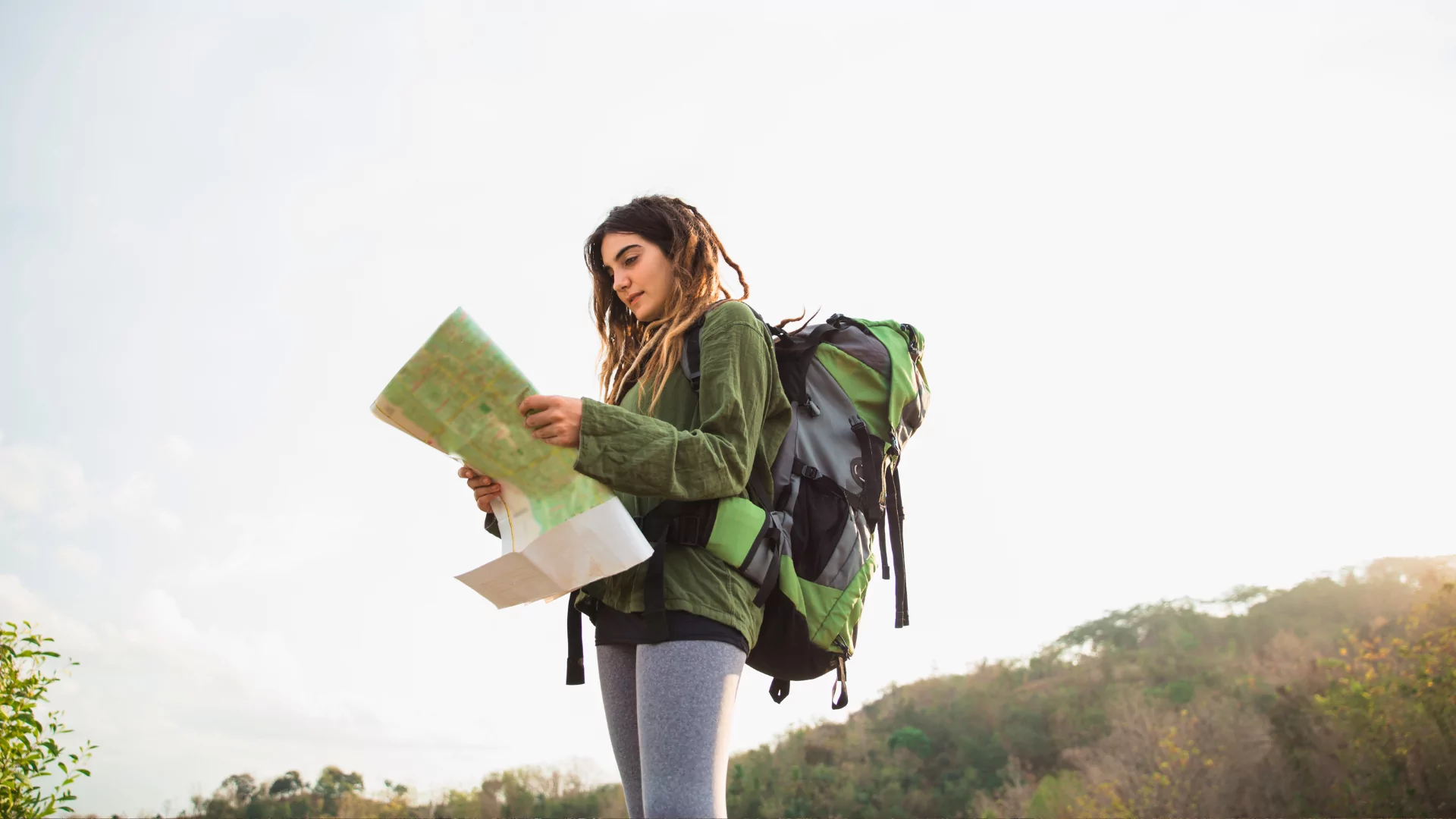 The process starts with figuring out where you want to hike, and that begins with considering a few key factors. First, how popular is the area? The time of year plays a big role, as popular spots can get overcrowded, especially during peak seasons. It’s a good idea to arrive early to secure parking and avoid congestion at the trailhead. Some trailheads have limited parking, so carpooling might be necessary.
The process starts with figuring out where you want to hike, and that begins with considering a few key factors. First, how popular is the area? The time of year plays a big role, as popular spots can get overcrowded, especially during peak seasons. It’s a good idea to arrive early to secure parking and avoid congestion at the trailhead. Some trailheads have limited parking, so carpooling might be necessary.
You’ll also need to check if any permits are required. For example, here in Washington state, certain locations require a permit to camp, and these permits are often limited due to the area’s popularity and need to be obtained months in advance through a lottery system.
Speaking of permits, parking passes are another consideration. In my state, for example, state parks require a “Discover Pass” for each car, and national parks charge entrance fees based on the vehicle. If you plan to visit multiple national parks over the course of a year, the America the Beautiful Pass can save you money in the long run.
Lastly, consider the difficulty of the hike. Just because you’re up for tackling a steep mountain doesn’t mean everyone else is. Be honest about your group’s abilities. Is everyone up for the challenge, or should you opt for a more moderate hike to accommodate everyone when planning a group trip?
Let someone else do the planning
When to Go
Finding a date that works for everyone can be one of the biggest challenges in planning a group trip. Schedules rarely align perfectly, so giving your group plenty of notice increases the chances that everyone can make it. I’ve learned that planning a group trip well in advance and offering two or three possible dates—not too many—helps keep things manageable. Too many options can lead to indecision, and suddenly, you’re stuck disappointing someone because their ideal date didn’t work for the group.
A group chat or a dedicated Facebook group is a great way to keep logistics organized and avoid the headache of relaying individual messages back and forth. This way, everyone stays in the loop, and you don’t become the middleman for every little change. I’ve had trips nearly fall apart due to last-minute cancellations, but when we built in flexibility, we were able to adjust and still have an amazing time. Planning a group trip well ahead of time and keeping communication open makes all the difference!
What to Bring
Once the when and where are set, the next big consideration is how to carry the necessary gear. For a day hike, everyone can probably pack their own daypack with snacks, water, and a few layers. But not everyone needs their own water filter or a full-sized first aid kit—just make sure whoever carries the first aid kit has enough supplies for the group and actually stays with the group!
If you’re planning a group trip with a picnic-style lunch, divvying up supplies is a smart move. One person can carry the condiments, another the tortillas, someone else the chicken and veggies. That way, one unlucky hiker isn’t stuck hauling five extra pounds of food while everyone else breezes up the hill.
The same concept applies to backpacking trips. If two or three people share a tent, one can carry the poles, another the rainfly, and the third the inner layer. The stove setup can be split, too—one person carries the stove while another takes the fuel. (Side note: always bring enough fuel. Besides breakfast, lunch, and dinner, morning coffee is a necessity, and so is tea time when you’re in the mountains. Fuel is heavy, so try to estimate how much the group actually needs, then add a little extra just to be safe.)
People tend to overpack, especially newer hikers. There’s a saying: “We pack our fears,” which usually results in a heavy pack and a not-so-fun time lugging 50 pounds uphill. You’ll figure out ways to cut weight over time. Pro tip: instant coffee mixed with a hot chocolate packet and some ice-cold filtered river water? Sounds way better when you pitch it as, “Who wants an Iced Mocha?”
Another way to optimize gear and pack weight is to discuss who’s bringing what “group gear.” Not everyone needs their own stove, pots, and water filter. Just keep track of who has what and pack group items near the top of packs so they’re easy to access. No one wants to unpack their entire bag just to realize someone else has the stove this time. Lastly, don’t forget fun group activities—a deck of cards, a lightweight cribbage board, or even brain games like 20 Questions can be a great way to wind down at camp.
Planning the Menu
Speaking of stoves and fuel, what’s for dinner?! Meal planning can be done in a few different ways. I’ve gone the route where everyone is responsible for themselves, which typically means pre-packaged freeze-dried meals for breakfast and dinner (think Mountain House, Backcountry Pantry, ramen, etc.), and then snacks like protein bars and trail mix for lunch. This approach works well and is usually the easiest option. But, it can also be way more fun to get everyone involved in the meal prep when planning a group trip. You don’t have to cook every meal together, but having a few group meals can definitely make the experience more memorable.
Let me share some meal ideas that have been hits with my groups. For dinners, one of my go-to favorites is salmon pasta. The noodles are easy to pack and cook, and you can grab pre-cooked salmon packets (similar to tuna) for protein. Add in a zucchini or broccoli and a jar of creamy garlic Alfredo sauce (just make sure to transfer it into a durable, airtight plastic container instead of bringing the glass jar). This meal is easy to make, but it tastes amazing in the backcountry. Another simple option is backcountry chili: dehydrated beans and any veggies of your choice—couldn’t get any easier than that.
For lunch, try sandwich wraps: tortillas pack plenty of calories, making them great for hiking. Add some curry powder, mayo or ranch packets, chickpeas, diced veggies, and pre-cooked chicken, and boom, you’ve got chicken curry wraps. Another easy and tasty option is a simple summer sausage and cheese wrap, maybe with some avocado thrown in for good measure.
Breakfast can be super simple too—pancakes or oatmeal are always a solid choices. Just make sure you don’t forget the syrup (trust me, I’ve made that mistake, and it’s not fun eating plain pancakes). A little pro tip: no glass jars! They can break in your bag and make for a bad day. Invest in quality, airtight, food-safe plastic containers that you know won’t crack or leak. I usually pack these containers outside the main compartment of my backpack, tucked into one of the water bottle pockets to be extra cautious.
These are just a few ideas to get your creative juices flowing. With a bit of searching online, you can find tons of delicious and easy backpacking meal options. After all, people like to eat!
REad: Backcountry cooking tips
Managing the Pace
Something to keep in mind when hiking with a group is that not everyone hikes at the same pace. You’ll quickly notice who’s eager to hit the trail after each break and who would rather stay put a little longer. Maybe one person in your group is a slower hiker—perhaps they like to take their time or just stop to enjoy the scenery. They might arrive at the rest stop a bit later than the others, still needing that extra time to recharge while the rest of the group is already feeling refreshed. In situations like this, I always reset the “rest clock” when the last hiker arrives, so that everyone gets the recovery time they need.
Sometimes, people prefer to hike at their own pace for a bit of solitude, and that’s also fine. Just make sure they’re not carrying any crucial group gear and that they’ve got all the necessary safety equipment—things like a first aid kit, water filtration, and a trowel for digging a cathole. If I’m hiking with someone who enjoys being alone on the trail, I’ll occasionally take a longer break so I can overlap with them. That way, I can keep track of where I last saw them and have a mental marker in case something happens.
Setting up Camp
Group camping can be one of the most rewarding parts of hiking with a group. But before you get too excited, make sure the campsite you choose can actually accommodate everyone. Many campgrounds offer group or stock campsites, which are typically reserved for larger groups. It’s considered bad form to take over one of those huge sites for just a small group or a solo hiker.
If a large enough single site isn’t available, try to book a couple of smaller sites next to each other, and be mindful not to spread out and take over the whole campground. I can’t tell you how many times I’ve been frustrated by a group that claimed an entire campground, leaving barely any room for me to pitch my tent. Think about the others around you.
When it comes to setting up camp, I like to think of it as organizing rooms in a house. You’ve got your kitchen, bathroom, bedroom, and living room. Where will you hang out? Where will the cooking and eating happen? If you know you’re an early sleeper, maybe don’t pitch your tent near where people will be socializing. Think about how the space will flow.
Pro tip: If you’re planning a group trip and sharing group gear, it’s a good idea to set up a “hand-washing station” near the bathroom and/or kitchen. Out in nature, sometimes people forget about the basics of hygiene, so a friendly reminder or visual cue can go a long way. If you’re just day hiking, this might be less of an issue, but it’s still something to consider during group lunch breaks.
And as always, practice Leave No Trace principles, leaving things better than you found them.
Final Thoughts
Planning a group trip takes effort, but the rewards of a well-organized adventure are unbeatable. By carefully selecting your destination, coordinating schedules, distributing gear, planning meals, considering pace, and setting up a thoughtful camp, you’ll create an unforgettable experience for your group. Whether you’re tackling a challenging summit or strolling through scenic valleys, the key is preparation. The camaraderie, the laughs, and the shared experience make the effort of planning a group trip completely worth it.
Get out there, hit the trails, and enjoy the journey!



